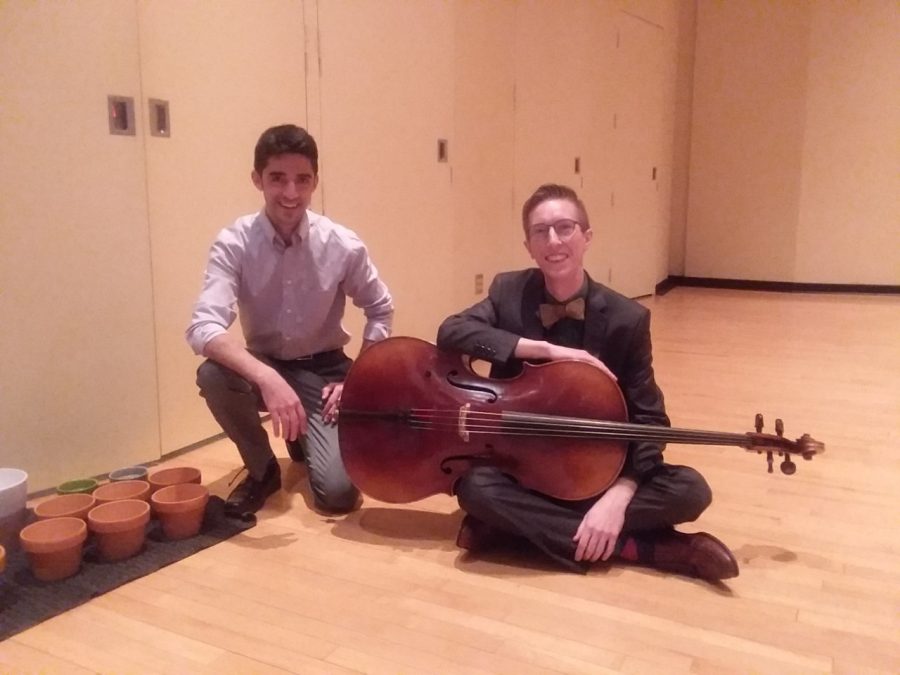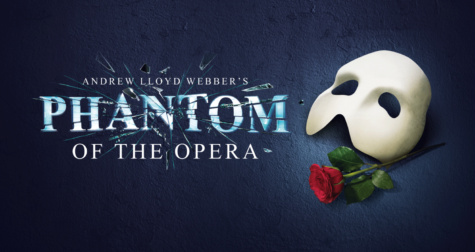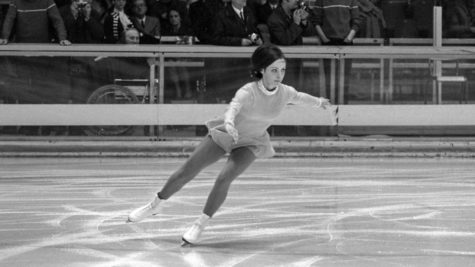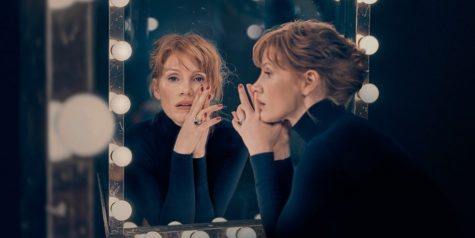January 31, 2020
The Mercyhurst D’Angelo Department of Music’s cello instructor Kellen Degnan performed a recital on Jan. 22.
It was it a great show.
Percussionist Daniel Raney was featured on the program as well.
All the pieces that were performed had been composed in the last 20 years, including a piece composed specifically for this recital: “Tinted Postcards” by Maddy Wildman.
This piece was in three movements, which were interspersed throughout the program, one at the beginning, one in the middle, and one at the end, providing an interesting way to tie the whole concert together.
Each movement of this piece describes a park the composer holds dear from a different chapter of her life.
The first was called “Ponderosas at Polly Judd.”
This movement was inspired by ponderosa trees in Spokane, Washington.
The images of majestic trees that “scrape the stars” are very evident in the music, with sustained notes broken up by delicate plucking.
Degnan gave an infinitely emotional performance of the piece, building in motion and fluidity as it progressed.
He developed a haunting tone and showcased beautiful vibrato.
The most incredible thing about this piece was at the end when, as the last note rang into eternity, the whole hall fell still.
Degnan did not stand for applause and not a soul even breathed.
He moved silently on to the next piece.
This piece was composed in 2019 by Erica MacLeod and was called “The Lost Gardens of Heligan.”
The Gardens of Heligan, located in the United Kingdom, were lost in the first World War.
They were not rediscovered until about 80 years later, when they were excavated and opened to the public. Each movement is inspired by a section of the gardens.
The first movement was called “Pleasure Grounds” and had an enchanting and mystical tone, with lots of motion and dissonance.
The second movement was “Butterflies of Sundial Garden,” quick like the first movement but more uncertain with some surprising plucking sections.
Next came “The Georgian Ride,” a section with lots of motion and full bodied yet short bow strokes.
This section also highlighted some high, singing notes.
The “Walled Gardens” movement was lyrical but still guarded, as the name would suggest.
The movement grew almost sad with gently lamenting notes.
It ended with drone notes and plucking that slowly faded away.
The last movement was “The Jungle,” which started wildly and with passion before ending with a ringing note.
The next piece was the second movement from Tinted Postcards, entitled “Nichols Arboretum, 12 AM.”
This one was inspired by walking through her college’s arboretum in the dark late at night.
It began with bowing under the bridge to emulate the wind, which Degnan executed beautifully.
There were intense, startling parts woven through parts of fluid, running lines.
Degnan also employed an interesting technique where he would play notes while sliding his flat palm against the fingerboard.
The oldest piece in the repertoire was written in 2000, called “Sept Paillons for Solo Cello” by Kaija Saariaho.
This piece was a collection of seven miniature movements of varying style, from fluttery lines to heavy bass notes to tapping on the fingerboard to create new sounds.
The collection was about butterflies, and each little miniature had its own distinct personality.
My personal favorite piece of the evening was “Boris Kerner” by Caroline Shaw, which was written in 2012.
This was the one that featured guest performer Raney.
It started simply and slowly on the cello, and then the percussion was introduced on an assortment of ceramic flowerpots, provided by Home Depot.
There was almost a conversation between cello and flowerpots, an exquisite combination.
The flowerpots sounded like bells more than anything, and it was so interesting to watch Raney playing them like he would a tiny drum set, cross legged on the floor with drumsticks.
Degnan ended the concert with the remaining movement from “Tinted Postcards,” called “EKW” after Edness Kimball Wilkins state park in Wyoming.
The composer went to this park when she was a child and only has hazy memories of it, and the piece reflects that.
It was warm, but had motion to it.
The melody was loose and tranquil, like running through tall grass under a sunny sky.
It was a sweet and fitting way to end the recital.











